If your groceries feel like they’re disappearing faster than usual, it might not be your imagination. Many everyday staples have quietly slimmed down in size or weight this year while keeping the same price tag—a classic case of shrinkflation.
From pantry basics to favorite snacks, companies are finding subtle ways to cut portions without drawing too much attention. Here are 13 grocery items that got smaller in 2025, even if the packaging looks the same.
1. Tuna Cans

Canned tuna has long been a staple in American kitchens, prized for its affordability, long shelf life, and versatility. From tuna salad sandwiches to casseroles, it’s a go-to ingredient for quick meals. But sharp-eyed shoppers may have noticed that tuna cans, which traditionally held 7 ounces, now often contain only 5 ounces.That small reduction can make a noticeable difference when preparing recipes, and it reflects how manufacturers balance rising costs with keeping prices steady on store shelves.
2. Chocolate Bars
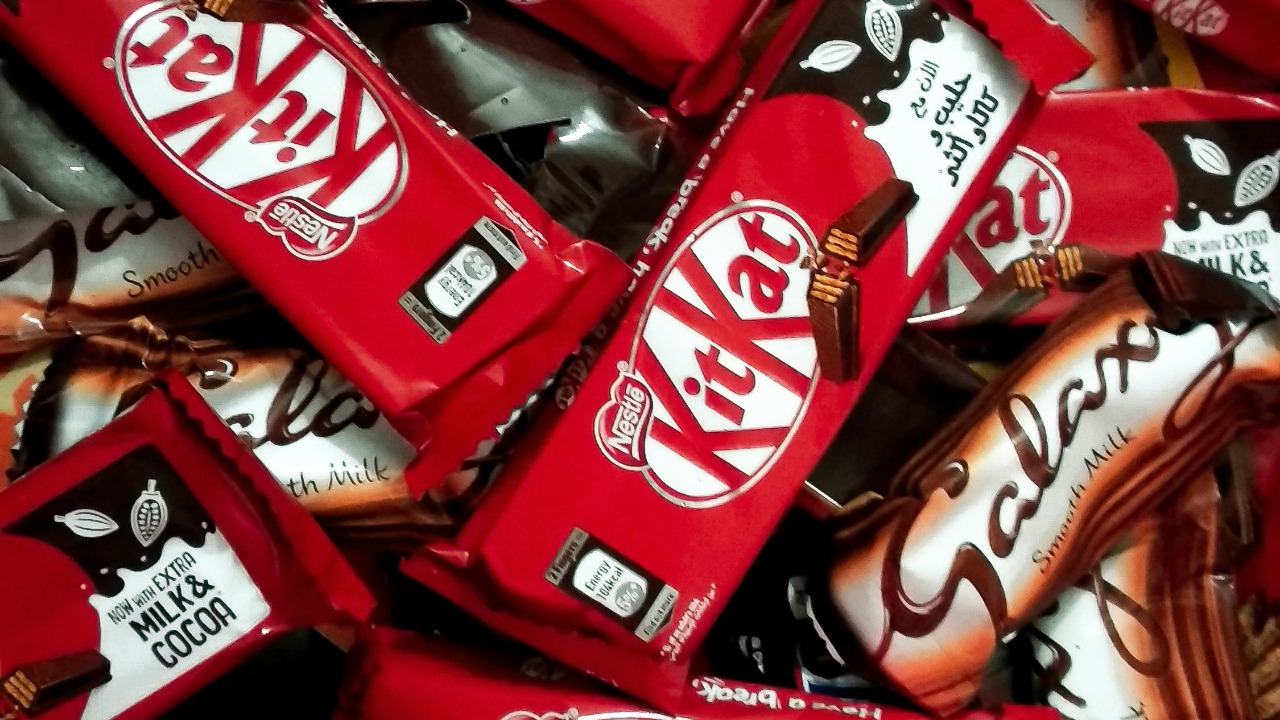
Chocolate bars have also quietly slimmed down. Once commonly weighing about 2 ounces, many popular brands now come in at closer to 1.5 ounces. While the packaging looks the same, the portion is smaller, allowing companies to control costs without changing the sticker price.This subtle shrink in size is something chocolate lovers are noticing more and more when reaching for their favorite treats.
3. Toilet Paper

Toilet paper is another product that has shrunk without much fanfare. For years, a standard roll measured 4.5 inches by 4.5 inches, offering a balance of comfort and convenience. Many rolls today, however, are closer to 4 inches by 4 inches.That change may sound small, but over time it means buying more rolls more often—something households are beginning to notice.
4. Boxed Cereal
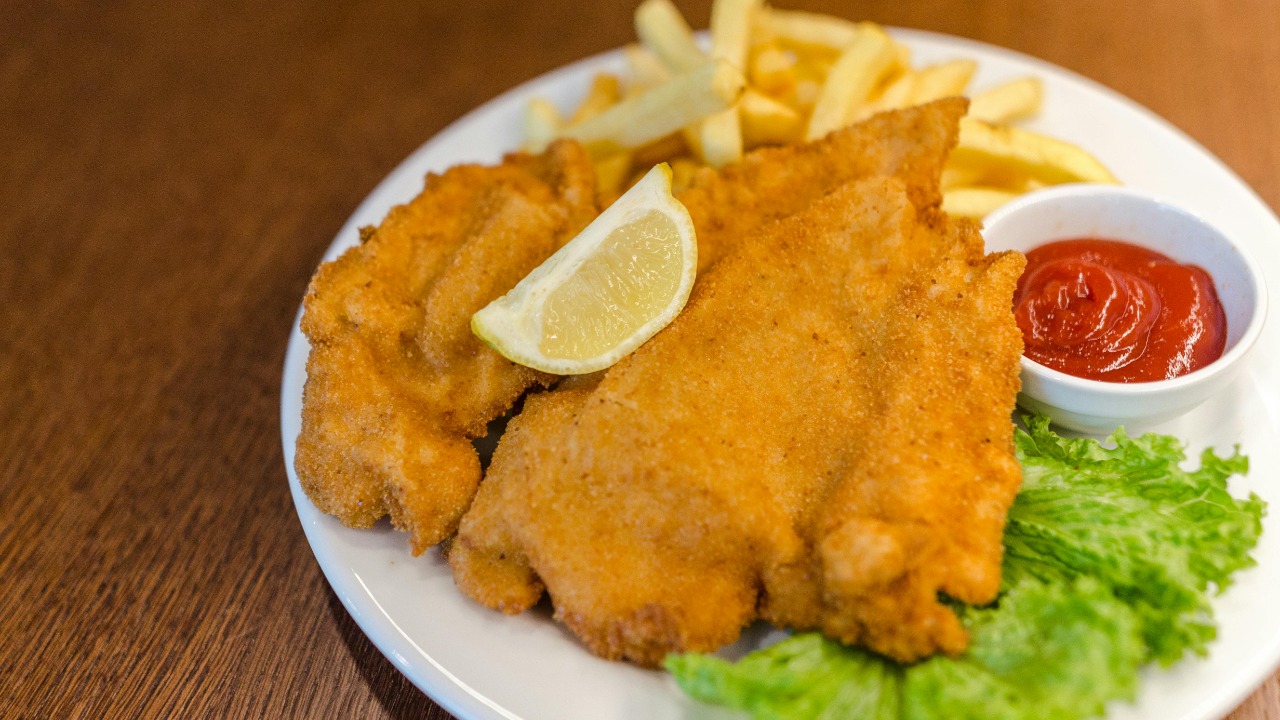
Breakfast cereals, once sold in generous 18-ounce boxes, are now often found in packages holding 14 to 16 ounces. The box may look the same size on the shelf, but the contents don’t stretch quite as far.For families that rely on cereal as a quick morning meal, the reduction adds up quickly over the course of a week.
5. Yogurt Containers
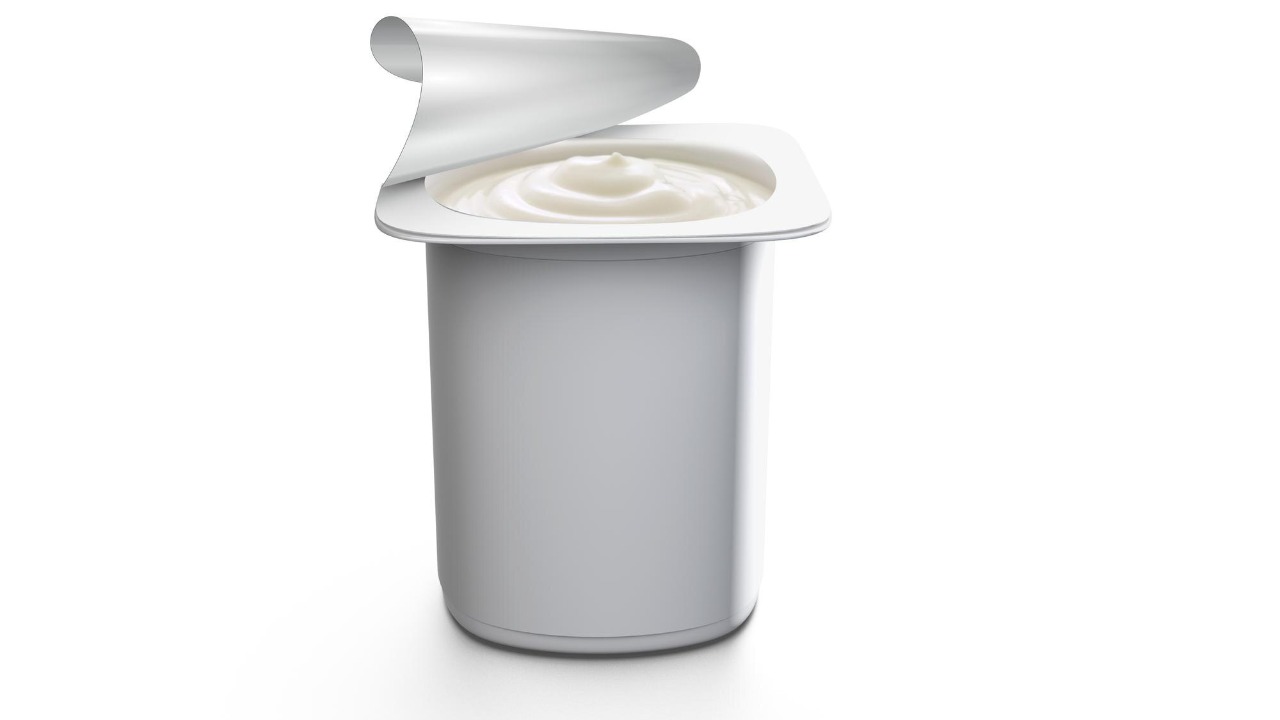
Yogurt, once commonly sold in 8-ounce cups, now often comes in 5- to 6-ounce containers. That change trims down portion sizes, especially for those who enjoyed yogurt as a filling snack or small meal.The shift reflects how brands are adapting packaging to keep prices steady while providing less product.
6. Soda Bottles
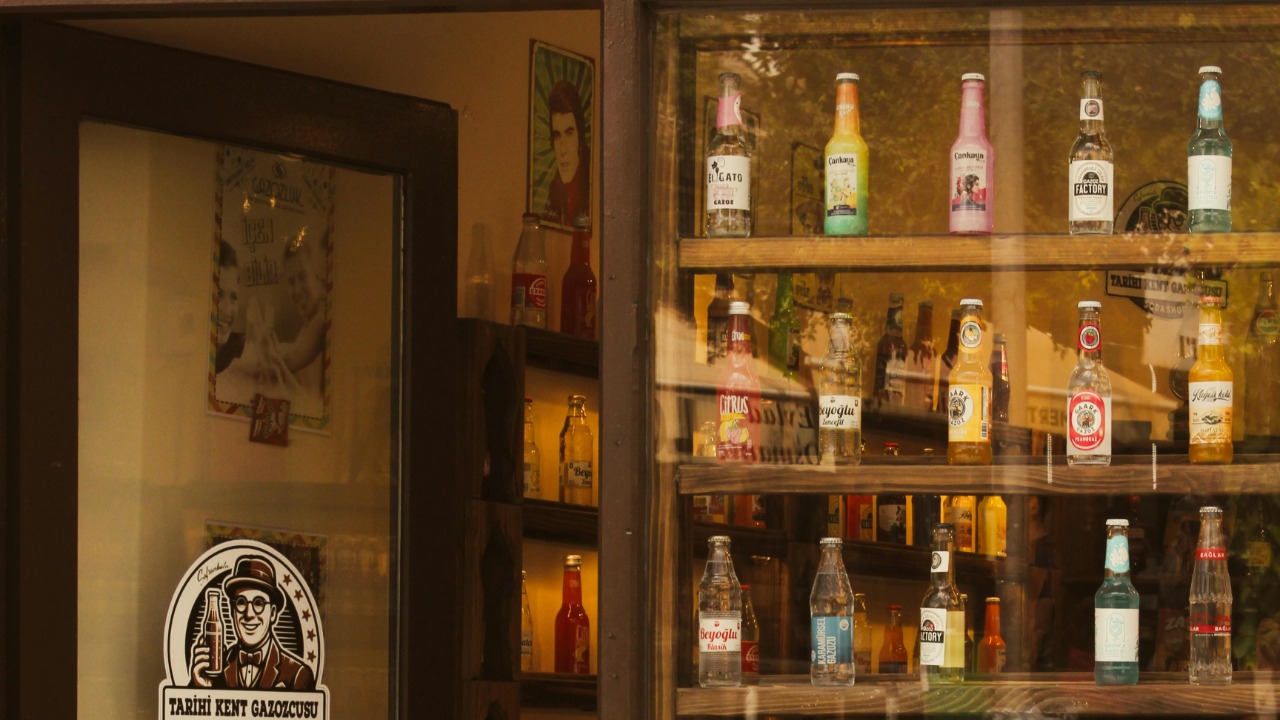
Soda bottles have also been downsized. Once a standard 20 ounces, many now hold just 16.9 ounces. The packaging remains familiar, but the reduced volume gives consumers less for the same price.Over time, these changes subtly alter how much value shoppers get from their favorite beverages.
7. Peanut Butter Jars
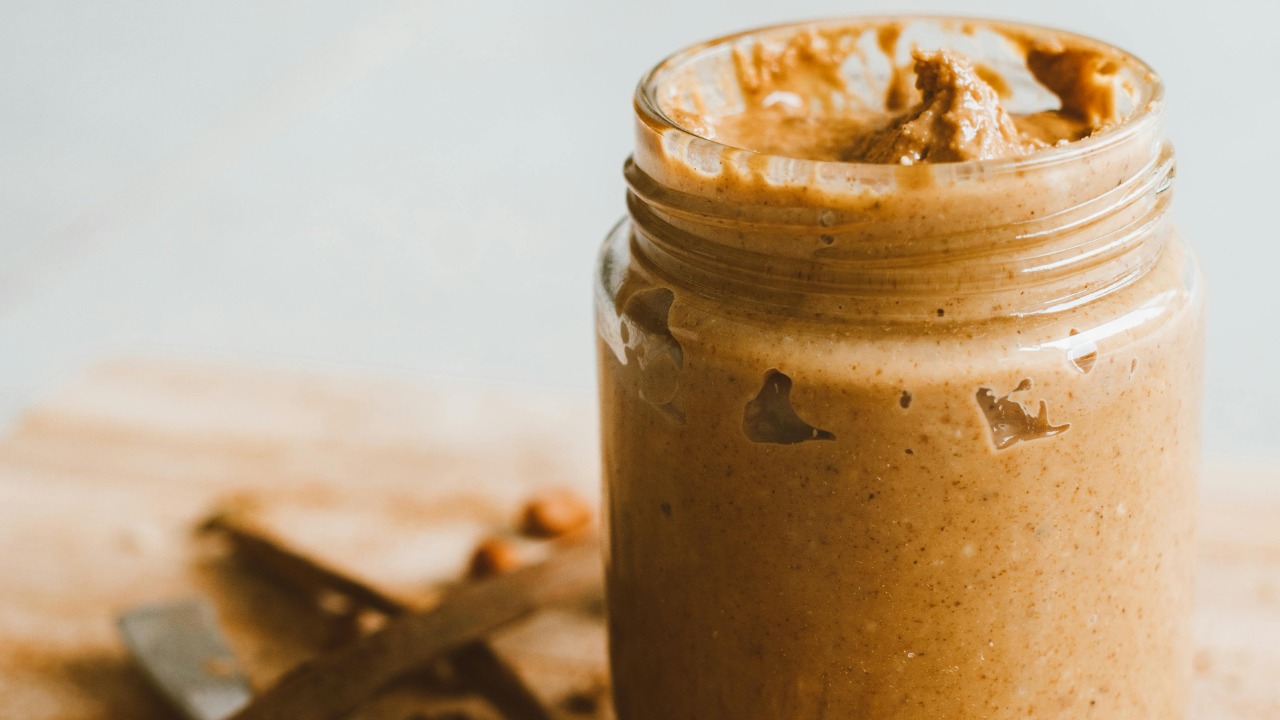
Peanut butter, a pantry essential, has quietly shrunk in packaging size. Jars that once reliably held 18 ounces are now often 16 ounces. It may not sound like a big difference, but for households that go through peanut butter quickly, it’s a noticeable change.That small adjustment helps manufacturers manage ingredient costs while keeping jars on shelves at familiar price points.
8. Ice Cream Containers
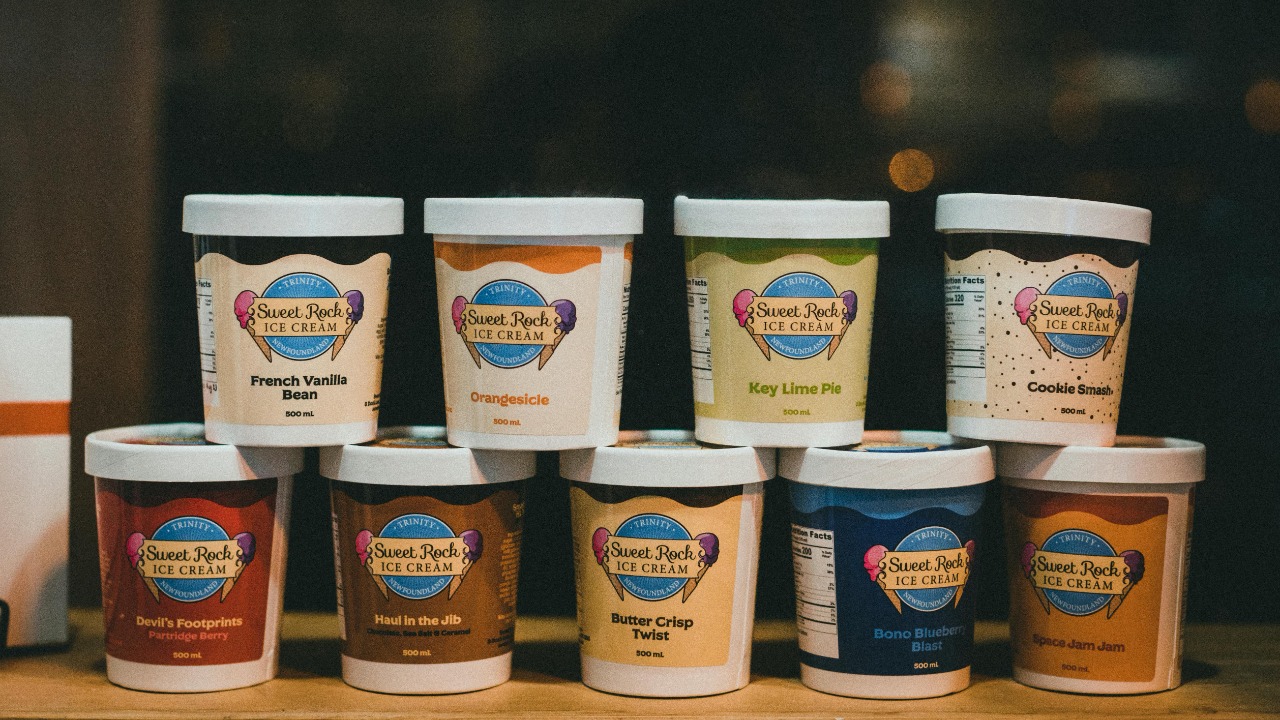
Ice cream lovers may remember when a carton was a true half-gallon. Today, most containers are 1.5 quarts or smaller. While the packaging often looks nearly identical, the servings inside have decreased over the years.It’s another example of how favorite indulgences are offering less product for the same—or even higher—price.
9. Bagged Chips
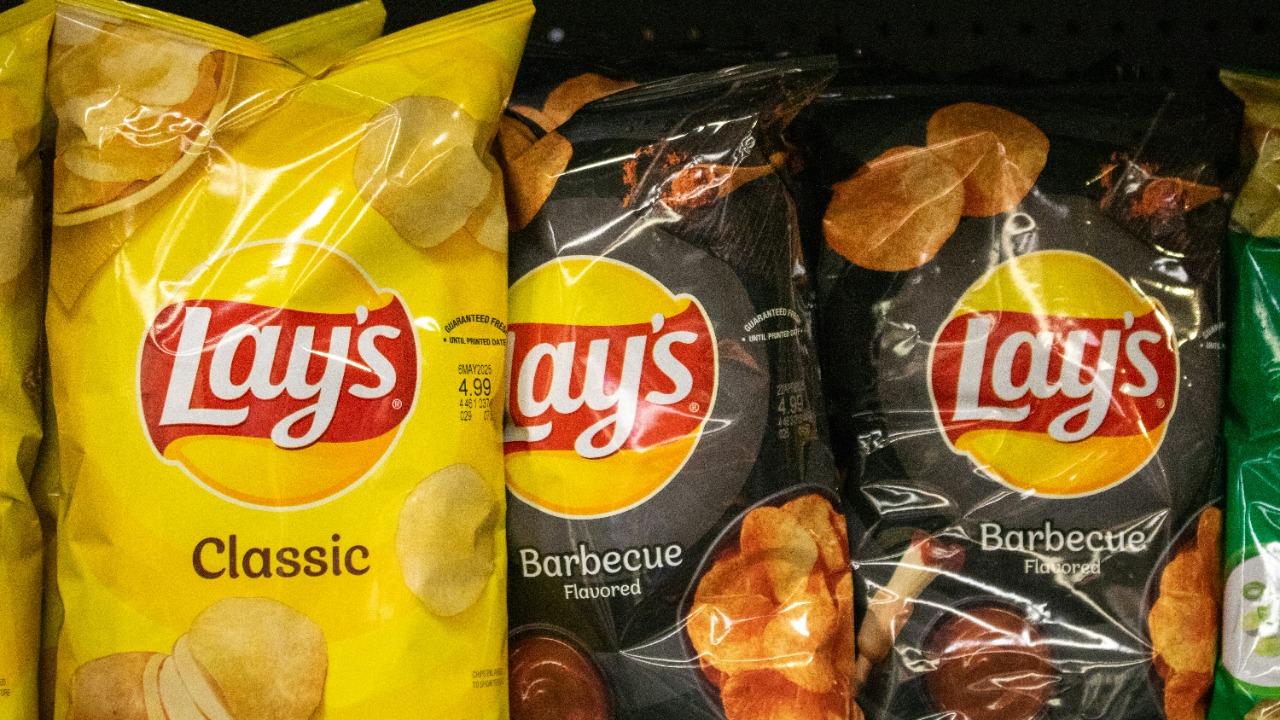
Snackers have also seen chip bags get smaller. Once filled with 11 ounces of chips, many popular brands now come in closer to 9.5 ounces per bag. Between smaller quantities and plenty of air inside the bag, consumers are getting less crunch for their cash.It’s one of the most noticeable examples of packaging changes in everyday grocery items.
10. Canned Soup
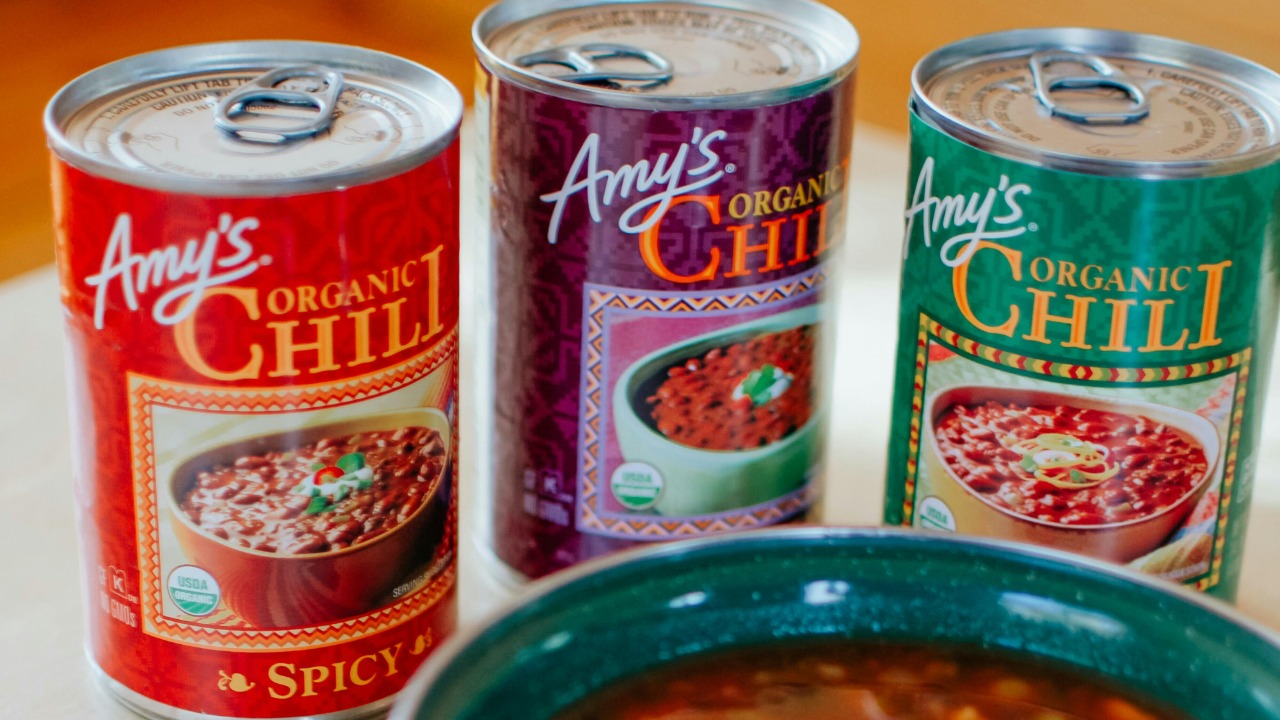
Canned soup, long valued for its convenience, has also slimmed down. While once sold in 19-ounce cans, many brands now package soups at about 18.6 ounces. The difference may seem minor, but over time it means fewer servings per purchase.It’s part of a broader trend of downsizing that consumers are spotting across grocery store shelves.


Comments
No Comments